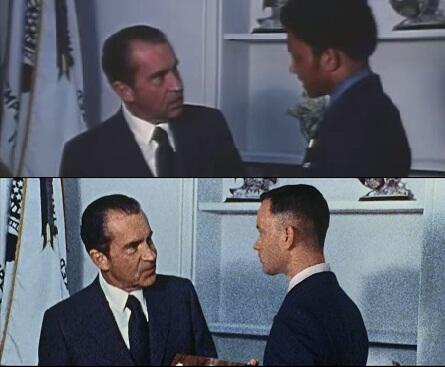Rudy and the Beast
In this week’s assignment, we are tasked with finding an example of a remix and considering how the remediation changes the original message. As it happens, my YouTube recommendations feed is filled with remixes of one form or another.
In this instance, I have chosen a video by Youtube creator Rainbow Randy. Now, please keep in mind, that Randy’s work is political in nature, and we are all friends here.
Disclaimer: This video was prepared by Rainbow Randy in his capacity as a YouTube personality. The opinions expressed in the video are Randy’s own and do not reflect the view of the University at Buffalo, the San Francisco 49er’s, or my neighborhood’s feral cat population I imagine it does represent the view of roughly fifty percent of my facebook feed. [Author’s Note: Disclaimer format borrowed from NIH. Everything is Remix.]
For this discussion, I have chosen a musical piece entitled Rudy and the Beast. The piece was selected from Randy’s library as it covers a relatively well-publicized event, and contains a minimum of swearing.
The source material for the interview sections in the above parody are taken from this interview on the Sean Hannity show.
Musically, I’m sure most of you recognize the source material, but for the record, it comes from Disney’s Beauty and the Beast.
I’m fond of the format utilized by Randy in this piece in that he uses two remixes to create his satire. In the beginning of the video, footage taken from the original interview is interspersed with shots of Randy asking questions and making comments in order to transform the fairly straightforward interview of lawyer defending client into a comic bit satirizing both lawyer and client.
Certainly the insertion of individuals into existing media is nothing new

and has been used to similar effect by many comedians.
While video, like this parody, is the mode of the original interview, Randy adds another mode when it blends the interview, via a daydreaming Randy, into a musical parody of Beauty and the Beast wherein the lyrics are changed to reflect, what seems to be Randy’s belief in, the surreal nature of the original interview. I also wonder if it serves as a release for any viewer that may be growing angry at the distortion of views in the first section by moving into the new mode with, perhaps, a gentler delivery of message.
The use of original interview footage being heavily remediated with the overlay of Randy’s own political views and comedic view represent an example of transformation of content and Double Exposure. While the remediation here completely changes the message of the original footage, satire has a long and revered history in the realm of political discourse, and the usage is appropriate. As no effort is made to hide or camouflage the original footage, it is quite easy to search and locate the original work for those who want to take a fair and balanced view.